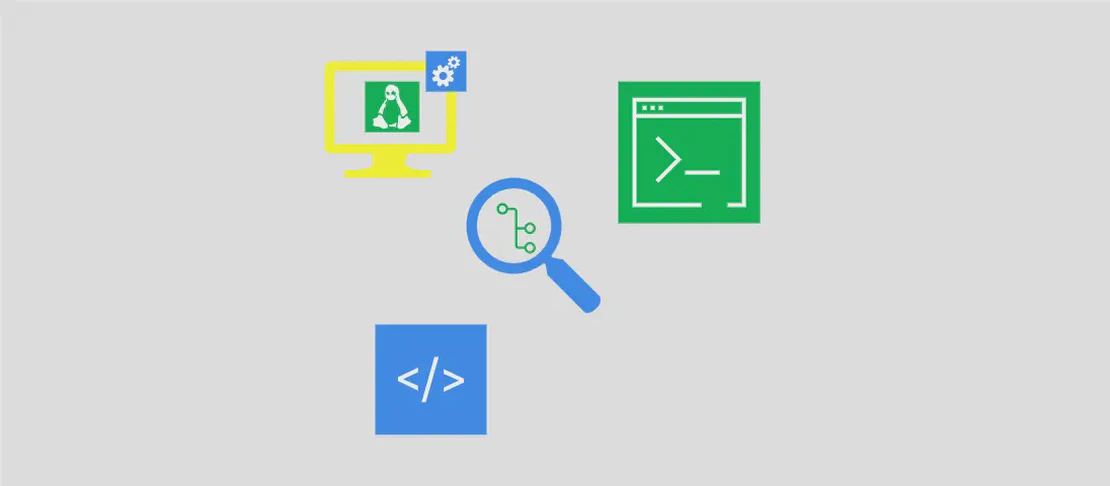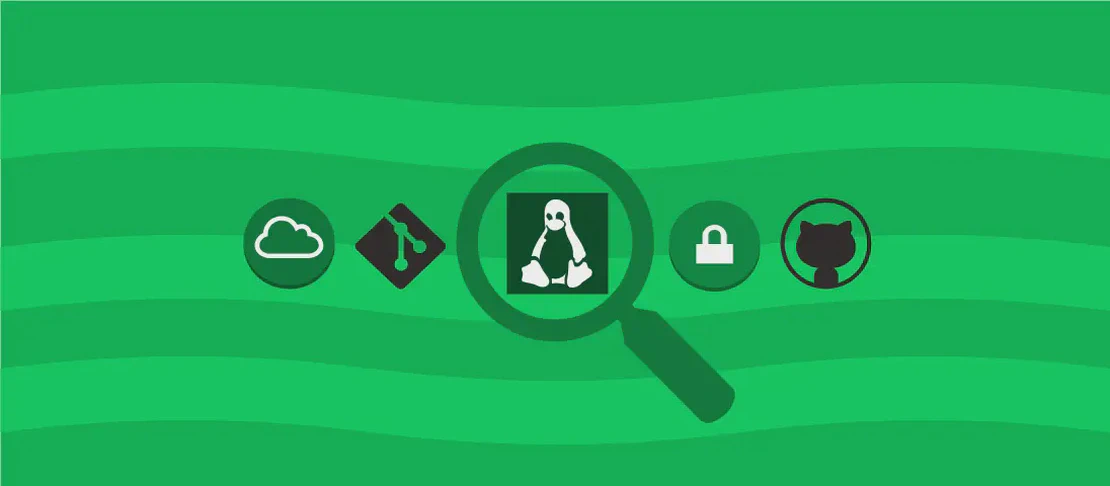
How to Use the Command 'npm bugs' (with Examples)
The npm bugs command is a useful tool for developers to quickly report or find issues related to a specific Node.js package. By leveraging this command, users can effortlessly open a package’s bug tracker URL or support email in their web browser. This feature helps in streamlining the process of bug reporting, saving time and effort while keeping the ecosystem well-maintained. The command automatically detects and utilizes the bug tracking URL specified in the package’s package.json file.
Use case 1: Report bugs for a specific package by opening the bug tracker for the specified package
Code:
npm bugs package_name
Motivation:
Developers and users often encounter issues or bugs when using third-party packages in their applications. When trying to report or explore existing issues of a specific package, manually searching for the bug tracker URL can be tedious and prone to error. By using this command, users can quickly jump to the right page, ensuring efficient and precise communication with the package maintainers.
Explanation:
npm: The command-line interface (CLI) for Node.js, which helps in managing packages.bugs: This specific npm sub-command is used to open the bug tracker link for the package.package_name: This is a placeholder for the name of the package for which the user wants to report or view bugs. The command will search the package’s metadata for the relevant URL to open in a browser.
Example Output:
Executing this command for a package, say express, might automatically open a URL like https://github.com/expressjs/express/issues in your default web browser. The exact URL will depend on the package’s configuration.
Use case 2: Open the bug tracker for the current package by searching for a package.json file and using its name
Code:
npm bugs
Motivation:
While working on a specific Node.js project, developers may want to verify or report bugs on their dependencies without having to manually look up each package’s information. This command is especially useful in a local development environment where the project directory contains a package.json file. It simplifies the process of accessing the bug tracker for the project’s main package.
Explanation:
npm: The Node.js package manager used for executing commands related to packages.bugs: This sub-command is employed to open the bug reporting URL.- No additional arguments: When no specific package name is provided, the command automatically attempts to open the bug tracker for the package associated with the nearest
package.jsonfound in the current directory.
Example Output:
If you are in a directory with a package.json that specifies a repository with issues, the command will open the associated issue tracker URL in your browser. This could be a similar URL as above, adjusted for your specific project.
Use case 3: Configure the browser used to open URLs by setting your preferred browser for npm commands
Code:
npm config set browser browser_name
Motivation:
Developers might have a preferred browser they wish to use for accessing web content. Whether it’s due to extensions, performance, or personal preference, being able to specify which browser npm should use can make daily tasks more convenient. This ensures that any URL opened via npm commands—such as bug trackers—uses the user’s browser of choice.
Explanation:
npm: The Node.js package manager CLI.config: This is used for configuring npm settings.set: This specifies an action to change the configuration.browser: This key tells npm which browser to use for opening URLs.browser_name: The name of the preferred web browser (e.g.,chrome,firefox,safari), which is the target for the change.
Example Output:
After executing this command, when you run npm bugs or similar commands, URLs will be opened in the specified browser. There’s no immediate visible output from running this config command, but downstream URL openings will reflect this change.
Use case 4: Control URL opening: set browser to true for the system URL opener, or false to print URLs in the terminal
Code:
npm config set browser true|false
Motivation:
Flexibility in how URLs are handled can accommodate different workflows and debugging scenarios. Some users might prefer URLs to be printed in the terminal for quick reference or manual access, while others might prefer the interactive convenience of opening URLs directly in a browser. This command gives users the choice between these modes of interaction.
Explanation:
npm: The CLI for managing Node.js packages.config: Used to configure npm settings.set: Alters configuration parameters.browser: Specifies the behavior for opening URLs.true|false: A boolean value wheretrueuses the system’s default URL opener (like a browser) andfalseprints the URL directly in the terminal, allowing for more programmatic handling or manual action.
Example Output:
If set to true, URLs will automatically open in your system’s default browser. If set to false, running commands like npm bugs will result in the URL being printed in the terminal, such as https://github.com/expressjs/express/issues, ready for you to copy and paste as needed.
Conclusion
The npm bugs command provides a streamlined process for accessing bug trackers and issue reporting for Node.js packages. Whether you need to quickly report a bug, configure how URLs open for your workflow, or set the default browser for npm commands, understanding these use cases can enhance your efficiency and interaction with the Node.js ecosystem. With these commands and configurations, developers can maintain effective communication with package maintainers and improve their overall development process.

